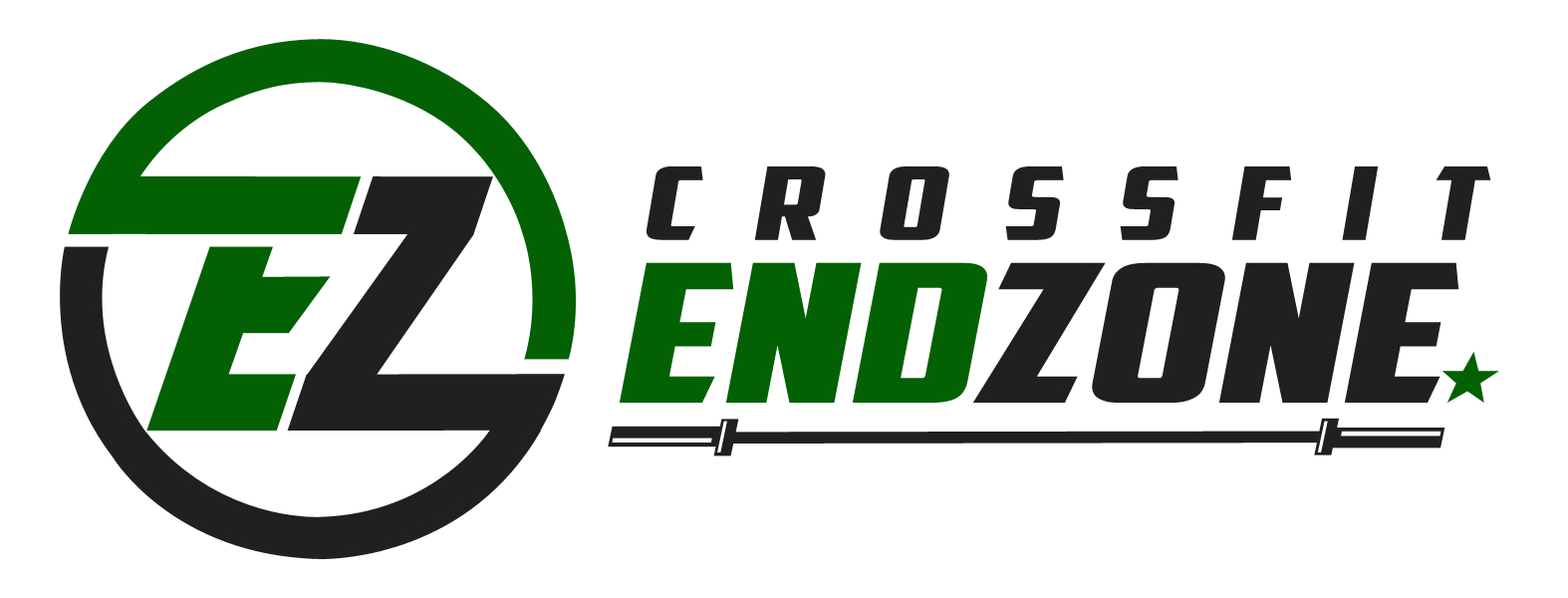"Postures of Defeat"
From Coach Drew with information from "The Invictus Mindset: An Athlete's Guide to Mental Toughness"; By C.J. Martin, Calvin Sun, and Heidi Fearson.
For the last 4 years I have been coached by CJ Martin, the owner of CrossFit Invictus. He is responsible for coaching numerous high level athletes from all over the world and running a very successful gym which has 3 locations and a large community which he calls the “Sea of Green.” One thing he expects from his athletes, no matter the skill level, is full effort. It is one of their mantras.
During my first visit to Invictus to train with some of their athletes, right away I noticed that CJ, the coaches, and even fellow athletes wouldn’t let anyone rest during a workout in a bad position. They call these positions “Postures of Defeat” and this is something that has resonated with me to this day.
“Postures of Defeat” are common positions we see athletes revert to: bent over, hands on their knees, or staring at the ground during a competitive event or training session. This is also a position you see many people assume at the end of a night from being over-served or maybe a child ready to be disciplined by a belt slap. Ultimately, this is a sign of submission and weakness.
If you are guilty of this position (and we all are), then we know this is not our best look. We do not assume this position with a lot of positive self-talk, it’s quite the contrary. These postures are the side kick of negative self-talk and they come in many forms, but they all have one thing in common - they involve the body closing in on itself. It is a nonverbal sign of feeling weak and something we use to protect ourselves.
3 things that we can do as a community to help fight these Postures of Defeat:
- Keep your peers honest. Don’t be afraid to give a quick “Chest up!” during a workout to encourage a fellow athlete. More importantly, standing up tall allows for much better oxygen intake! For the purpose of our training sessions or competitive events, I want every athlete to get as much oxygen as possible. Standing up tall will open our chest cavity for full expansion of the lungs and can increase oxygen intake up to 30 percent.
- Embrace resting with your chest up and eyes open. This can be very important for 2 reasons: as a coach there are multiple ways to cue an athlete and one way is nonverbal. In a loud setting, if I can get your attention and show you something to help change a bad movement pattern, you can only see this if you have your chest up and eyes open. Another reason is the power of our community. When you’re in a bad head space and ready to assume a closed off state, you are unable to feel the energy of your peers cheering and encouraging you to finish strong.
- “Shins on the Bar”. This can be a literal cue, but also can be applied off the bar. If you are doing a workout that requires moving a barbell, then yes, I want you standing right on top of the bar, collecting your breath and ready for your next rep. Now if you staring at 30 pull-ups or 30 toes-to-bar, I want you directly under the bar and ready to jump up for your next set. You should never walk away from your equipment or apparatus where you will be performing work to advance forward.

